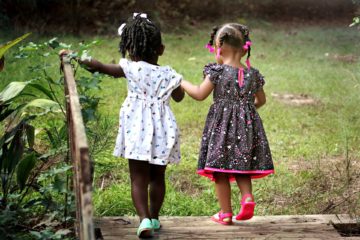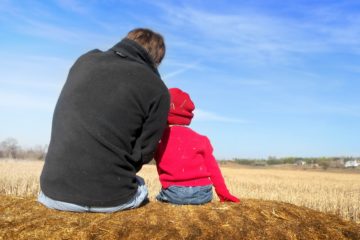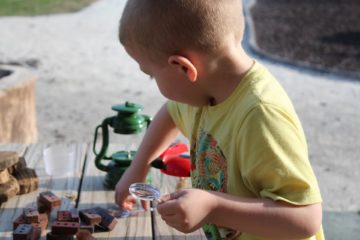Most science explorations don’t start with an experiment, they begin with in-depth observations. When we look closely at an object or phenomena, we notice details and naturally begin creating categories for this new information. Almost subconsciously we begin to compare the new data to what we already know using comparative thinking strategies or as many people know this skill: comparing and contrasting.
Research shows that strategies that engage students in comparative thinking can have a great effect on achievement. Here are some of the benefits:
- Focuses child’s attention and encourages persistence.
- Creates memories that build background knowledge.
- Supports the application of past knowledge to new situations.
- Allows opportunity to practice higher order thinking skills
- Encourages flexible thinking.
- Helps to develop metacognitive strategies (thinking about thinking).
Although making comparisons comes naturally to children, it is still a skill that needs to be practiced. The best way to encourage this in early childhood is to integrate comparative thinking into daily authentic explorations. I’ll be sharing strategies on the Enchanted Science blog that have worked for me in the classroom. Today’s technique I like to call:
Changing a Variable
Let’s use the popular activity as an example: water drops on a penny. In this experiment, students predict how many water droplets can fit on the top of a penny. Using a pipette, students fill the top of the penny with drops of water and count and record.

One of the first things you could test is to compare the results across the class. If one student counted 9 drops and another counted 30, that’s a big difference! This comparison will offer a great opportunity for discussion. Why might these two have gotten such different results?
The next thing that could be investigated is whether the results can be replicated. Have students each re-do their experiment, and compare their results. Do they get the same results? What happens when they do the experiment a third time? Have students record all of the results and compare them. But this introduces another variable…when re-testing a penny, does it make a difference if the penny starts out wet or dry?
Analyzing Class Data
Once students have gathered more information, you can again compare the highest and the lowest results. Is it still 9 and 30? What can we do to understand how they are getting such different results? Maybe we can make observations of these students doing their work, and identify a variable we are missing. Maybe each student in class can attempt to make their result 9 or 30. What techniques did they use to change their results? This will help to uncover some of the variable inherent in creating a fair experiment with valid results. The point of this work is not to find the ‘correct’ answers, but to engage in critical thinking.
Additional Variables
Some more ideas for changing variables in this activity:
- Warm vs. cold water
- Colored vs. clear water
- Salt vs. plain water
- Water vs. rubbing alcohol (safety first with younger students!)
- Compare vinegar, milk or another liquid
- Test a dime, nickel or quarter
You should always do experiments more than once, if only to see if you get the same results. Practice identifying variables in your day to day life, and soon it will become easier to identify them no matter what topic you are exploring.
Making focused comparisons is a great way to dig deeper into subjects that interest your students. As an added bonus, if you become adept at identifying opportunities to Change a Variable, you can plan one science exploration and repeat it every day for a month!



0 Comments